A massive military parade in Beijing earlier this month gave the public a closer look at some of the country’s new “combat drone” initiatives. One design in particular stood out – a tailless design roughly the size of a J-10 medium-range fighter. Overall, the design is said to be aimed at high performance, aiming for a true stealth drone.
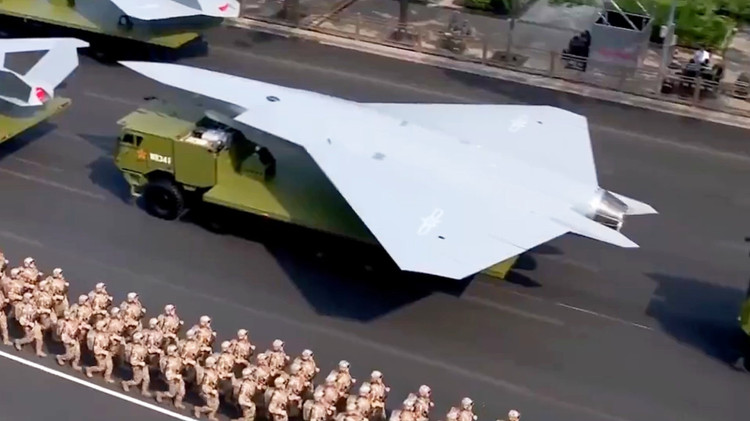
Type B aircraft
The name of this new design has not been revealed, but it is said that it is tentatively called “Unmanned Air Superiority Fighter.” Meanwhile, to be more clear, observers call this design the Type B drone.
The drone, displayed alongside other unmanned designs on a truck bed during the parade, was significantly larger than previously rumored designs. At least five different designs were shown, with many saying they could be seen as a Chinese version of the US Air Force’s Joint Strike Fighter (CCA).
The Type B, however, has all the makings of a high-performance unmanned combat air vehicle (UCAV), one that the USAF is not developing – according to public information. There is no tail, and the wings are modified deltas. The wings are wide diamond-shaped, with short wingtips. There are two large control surfaces on the trailing edge of each wing. The nose has a very pronounced ridge that extends aft to the side-mounted engine intakes, before merging with the leading edge of the wing.
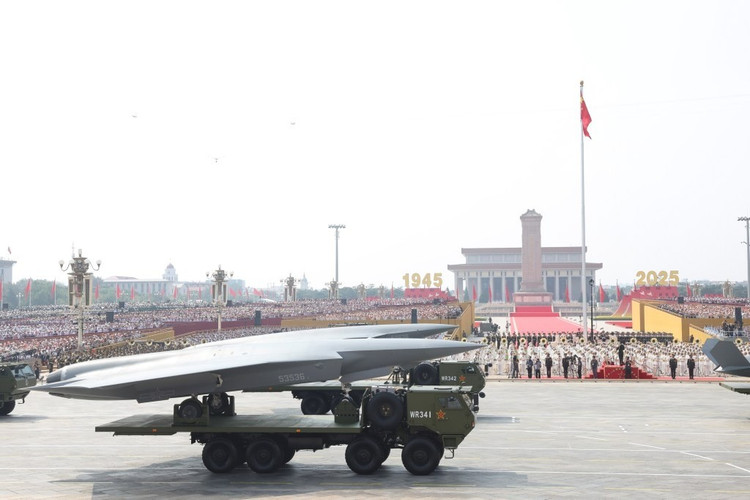
The side air intakes, in contrast to those found on at least some other emerging Chinese drone designs, are mounted atop the fuselage. These deflector-less, forward-slanted supersonic intakes (DSI) have much in common with those found on new-generation manned fighter designs, suggesting they are clearly supersonic.
Judging by the appearance, the Type B is likely to be supersonic, possessing a significant range for a high-performance aircraft, thanks to the combination of a slim tailless design and not requiring a pilot and all crew-related systems.
Invisibility
Besides performance, another important factor is stealth. The aircraft's round, exposed engine nozzles will negatively affect this. This is a familiar design for stealth fighters, resulting from the need to balance performance, complexity, weight, cost and stealth.
However, the serrated edges on the engine exhaust help reduce radar signature in certain radar bands. It is also possible that this is just the first version, and that the bidirectional engine nozzle, with thrust vectoring, will appear on the Type B in the future. In parallel, if this is implemented, it will be the development of the Russian S-70 Okhotnik UCAV, and the Chinese GJ-11 Sharp Sword – after redesign and improved stealth features.
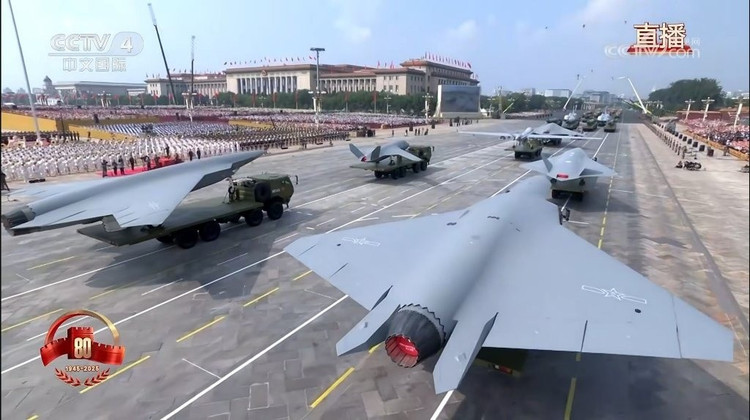
Additionally, to maintain stealth, there are indications that the Type B drone has a very large internal weapons capacity. A view from below the drone's fuselage shows several large weapons bays.
Breaking up the overall sleek design, the Type B drone also features a prominent electro-optical sensor mounted on its chin, which may be similar to the F-35's Electro-Optical Targeting System (EOTS). Similar sensors are also seen on China's J-20 and J-35 stealth aircraft, suggesting the drone is designed for fighter-style missions.
Alongside this drone, China displayed another UCAV design, broadly similar but slightly smaller, now called the “Type A”. Also tailless, this one differs in having lambda-style wings and caret-style engine intakes. It lacks the EOTS head under the nose, but appears to have a similar single-propeller turbofan engine. It also looks more slender than the Type B, with a much smaller nose.
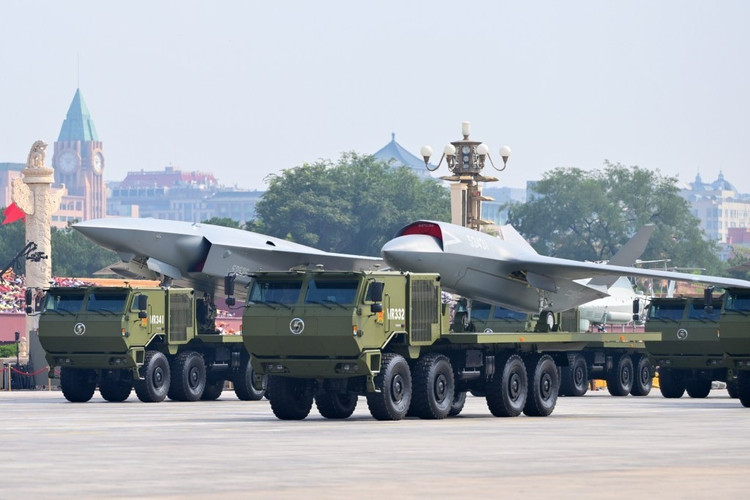
At this point, the public is not sure what the nature of the two new drones in the Chinese parade are, but they appear to be real, even capable of flying. If they are models, that is a remarkable level of detail.
Currently, there is little information about the status of the designs, about what stage of the development cycle they are in, or whether they are operational or (currently) intended as prototypes or demonstrators.
Both the Type A and Type B drones displayed in the parade have serial numbers that are linked to an actual operational unit of the People's Liberation Army Air Force (PLAAF). However, that does not mean that either or both are currently operational, and there is no public evidence that these drones are being deployed in any significant way.
Dedicate more resources
UCAVs are clearly an area where China is also devoting considerable resources. A steady stream of these drones have been documented in flight tests, satellite imagery, scale models and mock-ups. The most prominent of these is perhaps the GJ-11, a stealthy flying-wing UCAV that is still in development and being refined, with an eye increasingly on future shipborne operations.
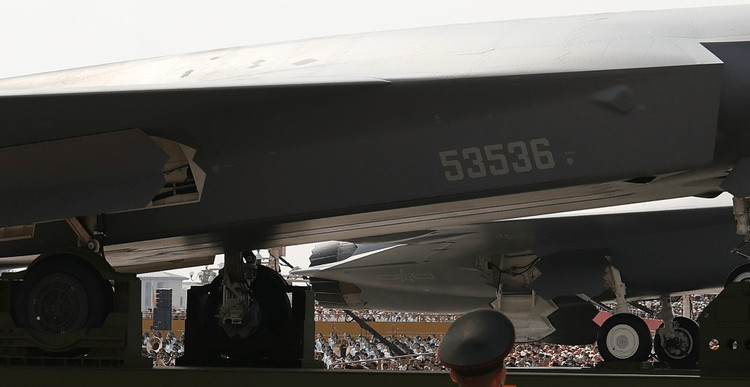
The US Air Force, meanwhile, has no plans to purchase unmanned stealth combat aircraft (UCAVs), at least in the near future.
To date, only a handful of combat drone projects have been completed. One prominent example is the Turkish Bayraktar Kizilelma drone, which is said to be supersonic (at least in later versions), has some low-observable features, and is designed specifically for the types of air combat missions typically performed by manned fighters.
Source: https://khoahocdoisong.vn/may-bay-khong-nguoi-lai-chien-dau-tam-cao-moi-cua-trung-quoc-post2149053802.html




![[Photo] Prime Minister Pham Minh Chinh chairs the Government's online conference with localities](https://vphoto.vietnam.vn/thumb/1200x675/vietnam/resource/IMAGE/2025/10/5/264793cfb4404c63a701d235ff43e1bd)

![[Photo] Prime Minister Pham Minh Chinh launched a peak emulation campaign to achieve achievements in celebration of the 14th National Party Congress](https://vphoto.vietnam.vn/thumb/1200x675/vietnam/resource/IMAGE/2025/10/5/8869ec5cdbc740f58fbf2ae73f065076)
![[Photo] Opening of the 13th Conference of the 13th Party Central Committee](https://vphoto.vietnam.vn/thumb/1200x675/vietnam/resource/IMAGE/2025/10/6/d4b269e6c4b64696af775925cb608560)







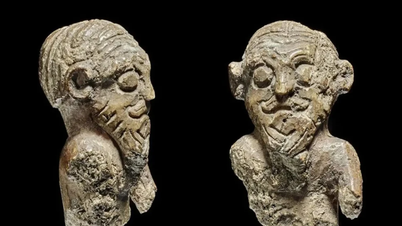




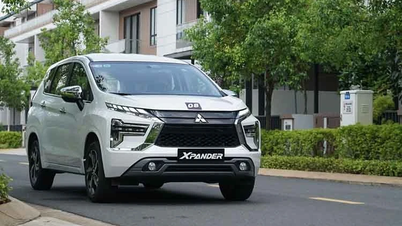
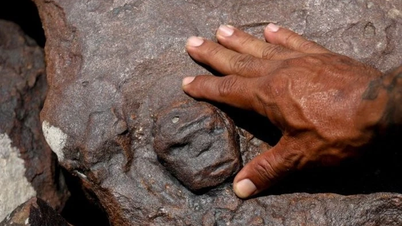

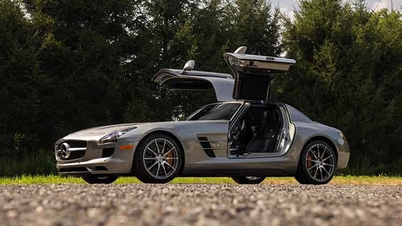
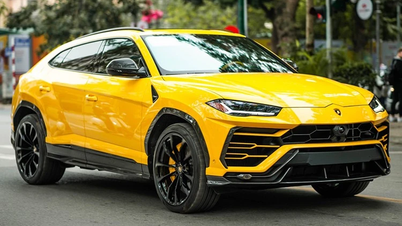
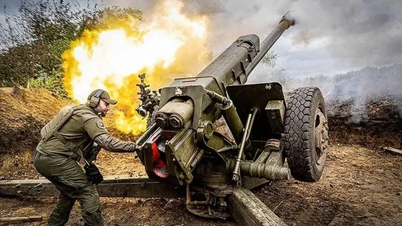




























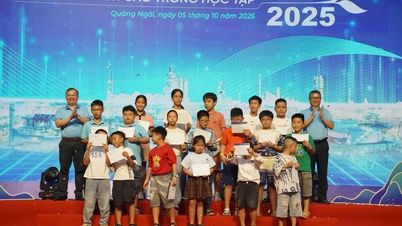



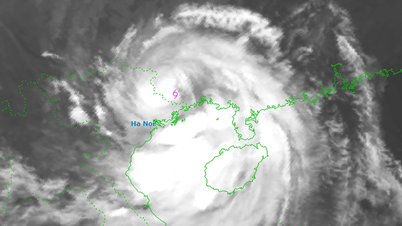


































Comment (0)